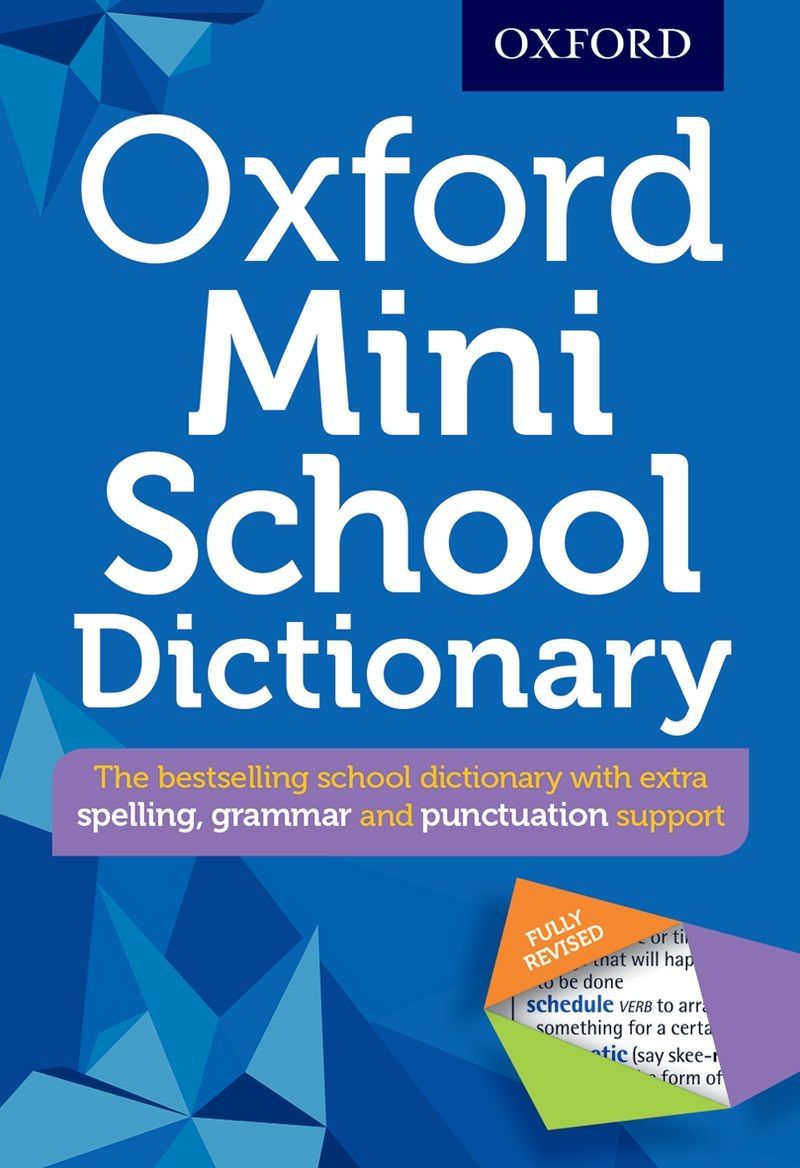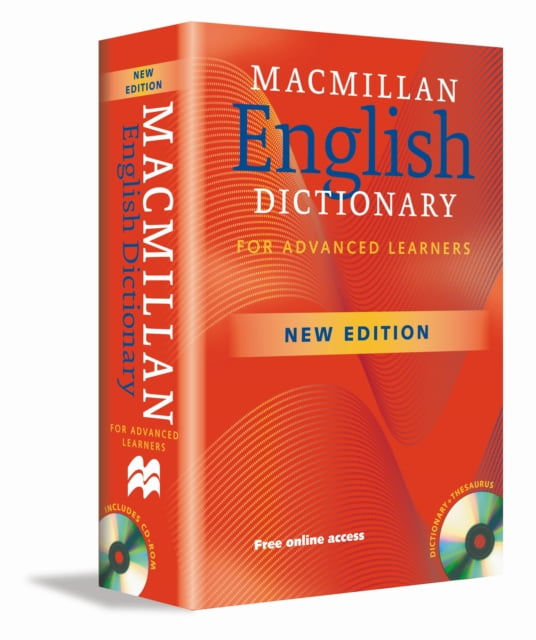

List elements are accessed by their position in the list, via indexing.A dictionary can also contain a list, and vice versa.ĭictionaries differ from lists primarily in how elements are accessed: A dictionary can contain another dictionary.
#Dictionaries for how to
Once you have finished this tutorial, you should have a good sense of when a dictionary is the appropriate data type to use, and how to do so.ĭictionaries and lists share the following characteristics: Here’s what you’ll learn in this tutorial: You’ll cover the basic characteristics of Python dictionaries and learn how to access and manage dictionary data. Python provides another composite data type called a dictionary, which is similar to a list in that it is a collection of objects. Watch it together with the written tutorial to deepen your understanding: Dictionaries in Python Features of Oxford Advanced Learner’s Dictionary. Hyperlinks at the end of each entry lead to citations for further readings related to the specific term.Watch Now This tutorial has a related video course created by the Real Python team. This is an electronic resource from the Ultrecht Institute of Linguistics. It is an extensive dictionary of linguistic terms that allows the user to browse or search for a specific term. This dictionary is the "standard single-volume reference for the field of linguistics." It includes comprehensive coverage from experts in phonetics, phonology, syntax, semantics, sociolinguistics, and psycholinguistics.Īvailable electronically, this dictionary is intended primarily for students and teachers of phonetics and linguistics, focusing on just one major area of the linguistic sciences and providing detailed coverage of that area. Also available in print format, call number P216.T73 1996. More than just a dictionary, this book provides genuine linguistic examples of most of the terms entered, detailed explanations of fundamental concepts, critical assessment of controversial ideas, cross-references to related terms, and an abundance of references to the original literature.Ī Dictionary of Linguistics and Phonetics Unlike other dictionaries of linguistics, this one concentrates exclusively on the terminology of grammar-mainly on syntax (sentence structure), but also to some extent on morphology (word structure). Also available print format, call number P152.T7 1993.ĭictionary of Historical and Comparative Linguistics Updates revise and extend the OED at regular intervals, each time subtly adjusting our image of the English language.Ĭompiled by the International Linguistics Department of the Summer Institute of Linguistics.įrench/English glossary of linguistic termsĪ Dictionary of Grammatical Terms in LinguisticsĪvailable electronically, this dictionary is intended primarily for students and teachers of linguistics, though it may also prove useful to others who want to look up unfamiliar or half-remembered grammatical terms. The OED started life more than 150 years ago. Search for name of a language AND dictionary. You'll still find these in the OED, but you'll also find the history of individual words, and of the language-traced through 3 million quotations, from classic literature and specialist periodicals to films scripts and cookery books. Use the search box below to find language dictionaries in the library. As a historical dictionary, the OED is very different from those of current English, in which the focus is on present-day meanings. It is an unsurpassed guide to the meaning, history, and pronunciation of 600,000 words-past and present-from across the English-speaking world. The Oxford English Dictionary (OED) is widely regarded as the accepted authority on the English language.


Oxford English Dictionary Online (OED Online)


 0 kommentar(er)
0 kommentar(er)
